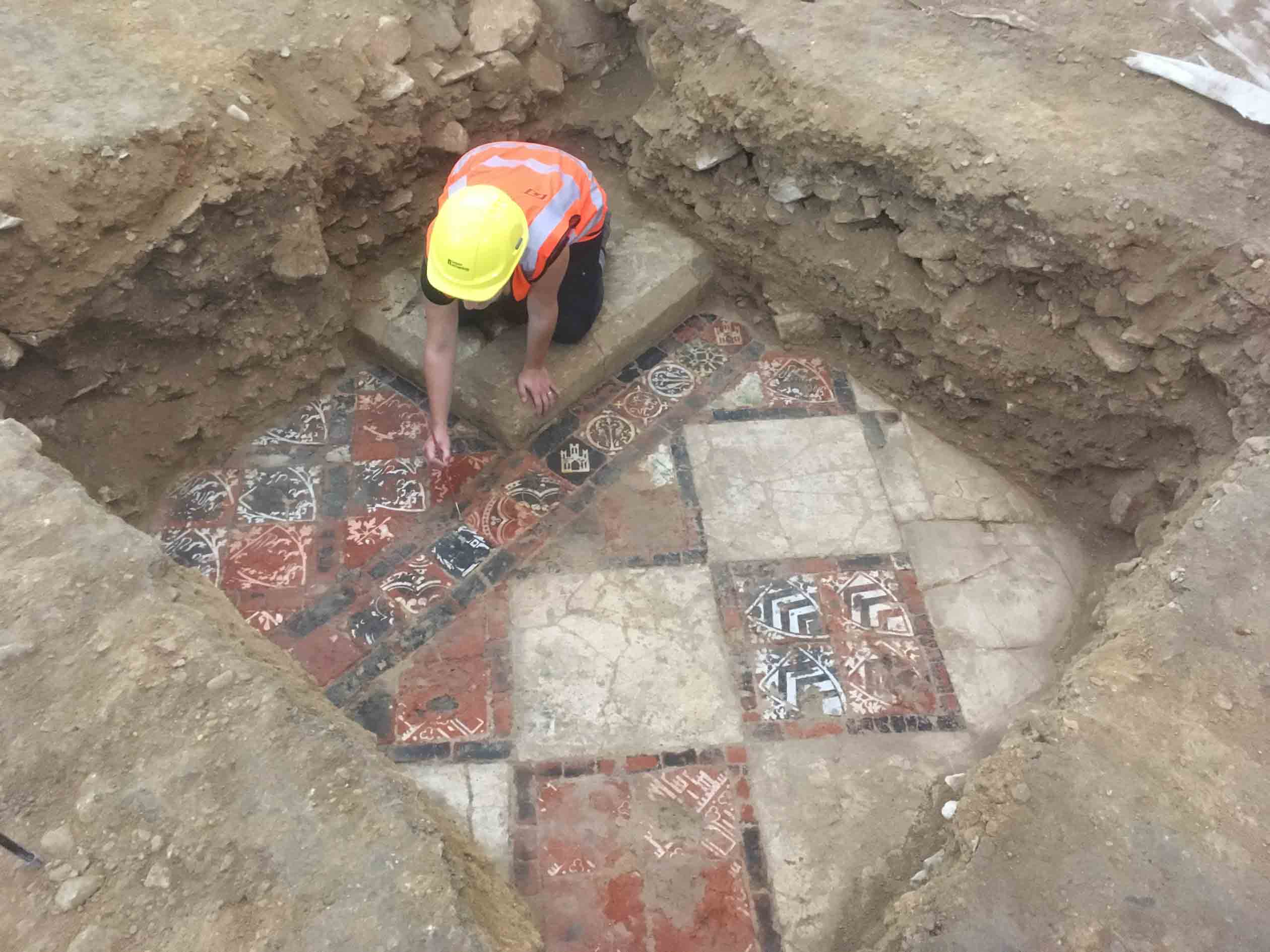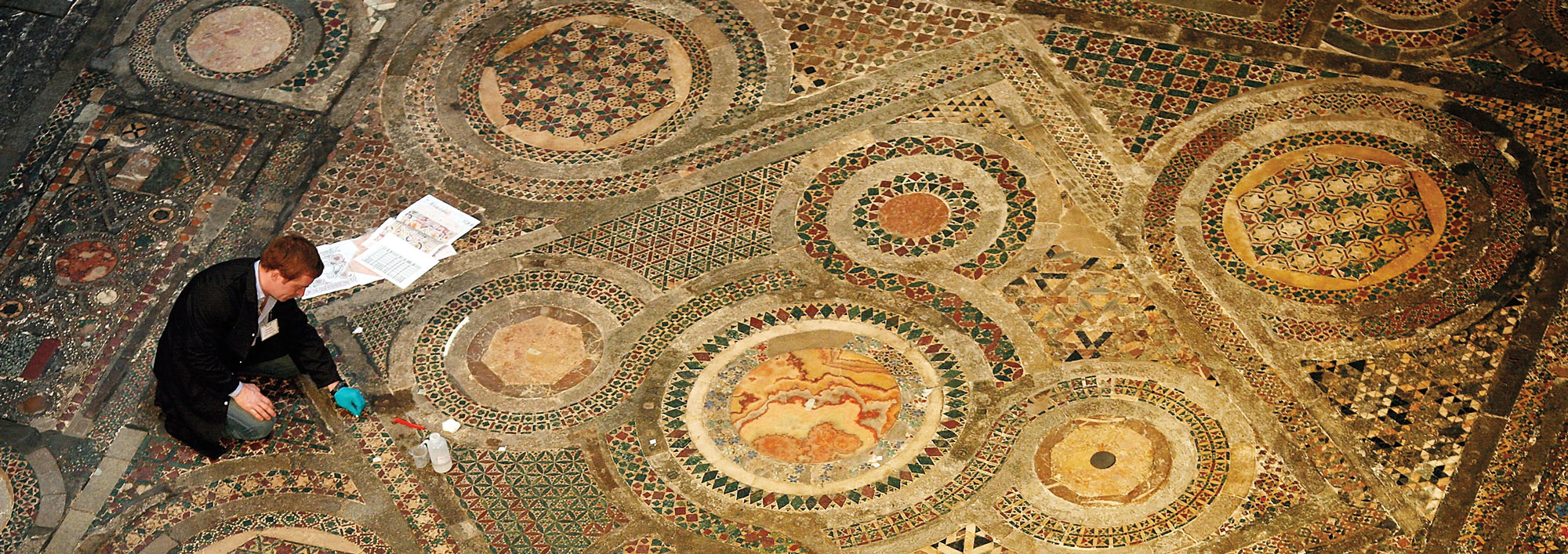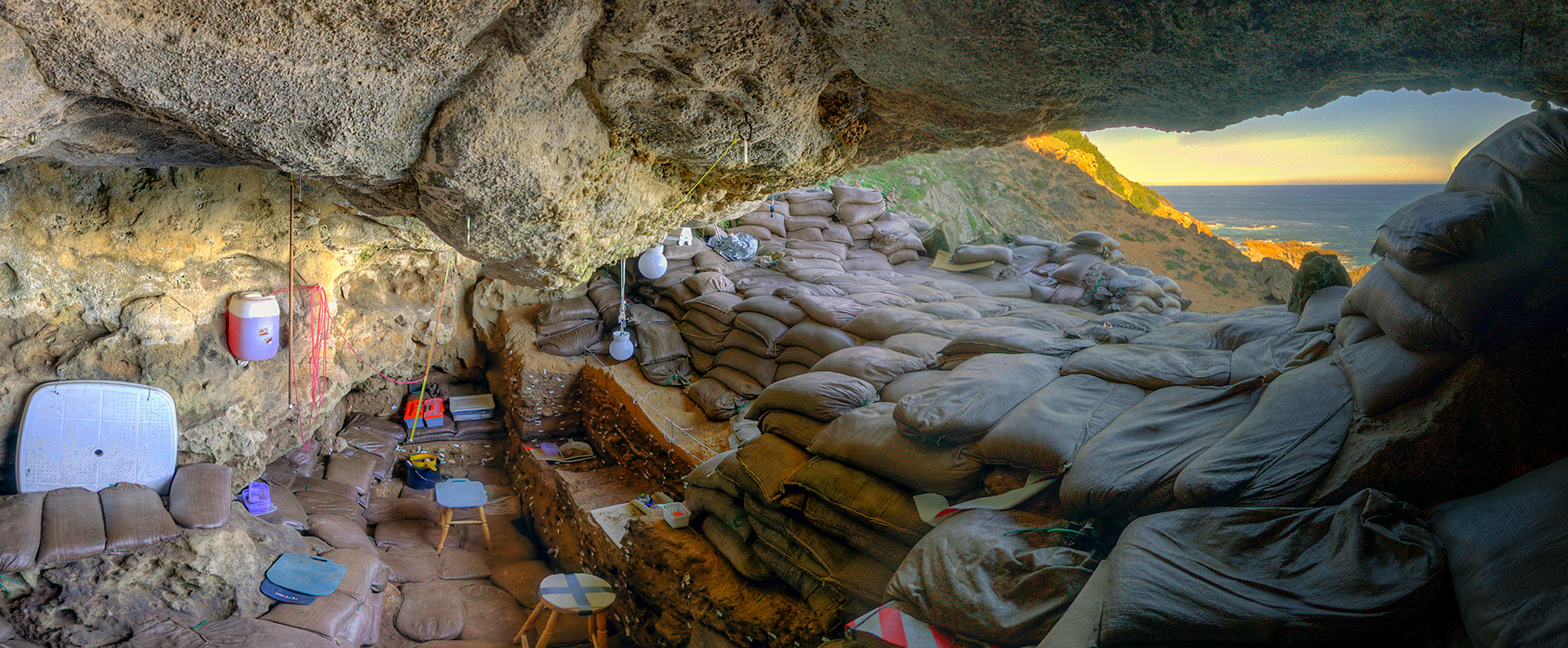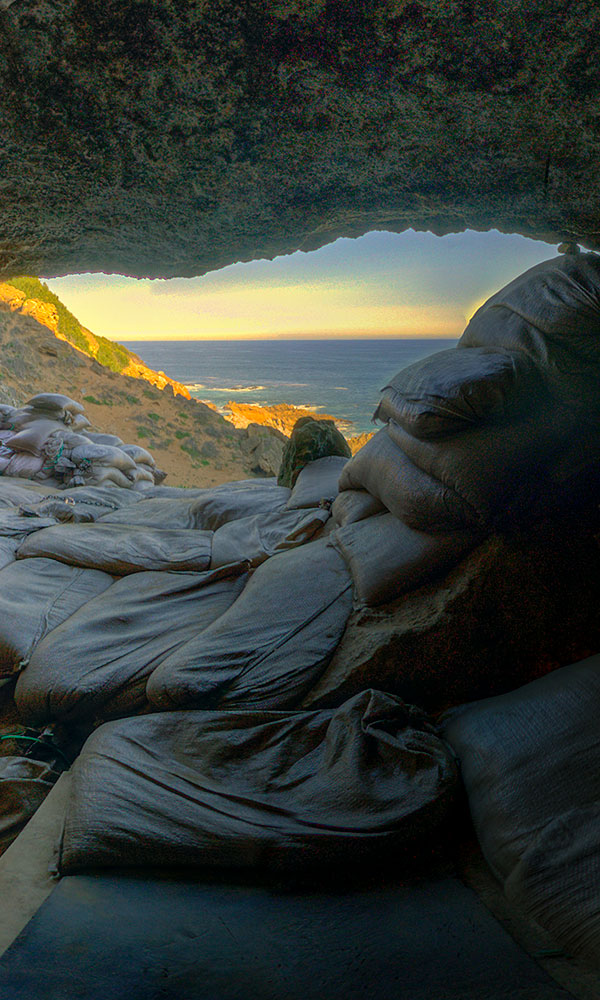
Brightly colored tiles have been uncovered during excavations in advance of restoration of England’s Bath Abbey. The site has been home to religious buildings for more than 1,000 years. The current church, which was completed in the seventeenth century, was constructed above the remains of a Norman-era cathedral that had fallen into disrepair by the late 1400s. The tiles once formed a portion of that cathedral’s floor. “In situ medieval tile floors like this are incredibly rare,” explains project director Cai Mason of Wessex Archaeology. “The only reason this one survived is that the Norman cathedral was knocked down and essentially buried during construction of the current building, saving the original flooring.” The tiles have now been covered by a protective layer before new floors are installed.











